Kenya - Kisegi Demo Site

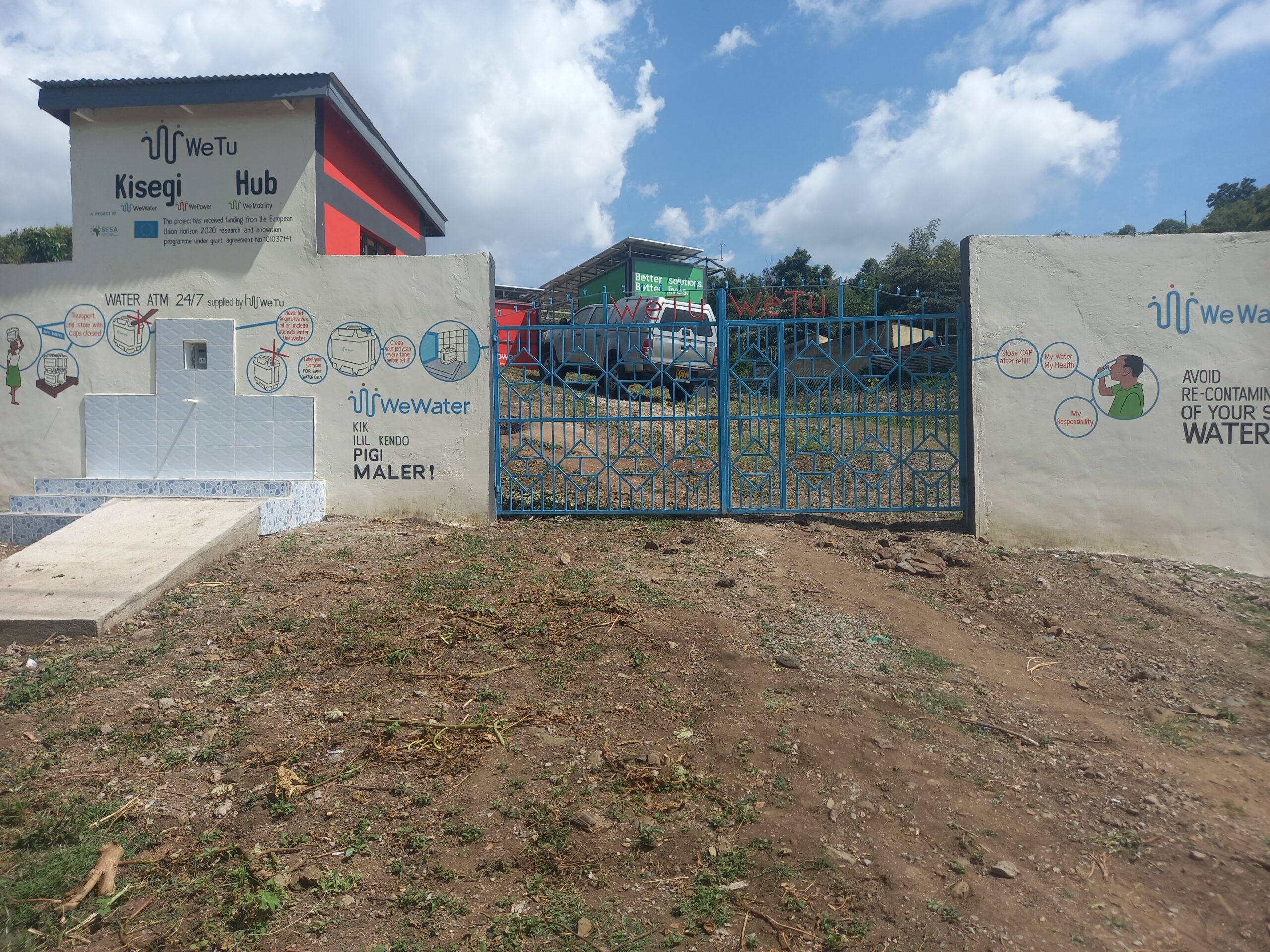
Demo Site description
The Kisegi Demo Site stands as a beacon of innovation and sustainable solutions for the local communities. In a region where frequent power outages and unreliable grid electricity are prevalent, especially in rural areas, Kisegi’s integrated solar-powered solutions address several critical local challenges.
- Water Safety
- Sustainable fishing practices
- Economic Boost
In essence, the Kisegi Demo Site brings forth sustainable, economically viable solutions tailored to the community’s unique challenges.
Demo site activities
- Community and Stakeholder Engagement: The initiatives began with dialogues and actively involved the community both before and after the establishing the hub. This approach ensures that we are in sync with local priorities.
- Educational Initiatives: Implementing focused initiatives in collaboration with local elders, public health officials, and the local administration to educate the community about the benefits of clean water and solar-powered lanterns, highlighting their advantages over traditional methods.
- Testing innovations in real-world scenarios like the solar-powered pump were tested to confirm their efficiency and practicality.
- Partnerships: By involving local and administrative leadership, the site’s activities were aligned with wider local, county, and national objectives.
- Construction of a Self-Sustaining Solar Hub: The construction of self-sustaining solar hubs has been completed, with integrated appliances for various use cases, making them ready for the community to utilise.
To enhance the site’s influence even more
- Implement User Feedback Loops: Set up systems to receive ongoing user feedback, enabling timely adjustments and enhancements to the business models and use cases.
- Collaborative creation Workshops: Facilitate sessions where community members collaborate and co-design the future generation of use case appliances, promoting a sense of ownership.
- Refining the Business Model: Evaluate the current model’s sustainability and consider implementing tiered pricing or subscription models to ensure affordability without compromising operational viability.
- Capacity Building: Coordinate training programmes to equip users and the local community with the skills to effectively operate and maintain the implemented technologies, fostering a self-sufficient environment.
By incorporating these elements, the lab’s vision will be further solidified, combining technological innovation and co-creation aspects with insights driven by the community.
Description of the problem addressed
1. Water Safety: Kisegi’s population largely lacks access to safe drinking water. The site’s solar-powered pump and ultrafiltration system not only provide a steady water source but also ensure its purity, reducing waterborne diseases. The Water ATM adds convenience and affordability to access, enhancing community well-being.
2. Sustainable fishing practices: Omena fishermen in the region, relying on lead acid batteries and kerosene lamps, face both economic and environmental challenges. The introduction of solar-powered lanterns not only cuts down CO2 emissions and lake pollution but also promises sustainable fishing practices, benefiting both the environment and the local economy.
3. Economic Boost: Given the community’s focus on fishing and farming, having consistent and eco-friendly use case appliances powered by solar energy sources can significantly increase the productivity of the local community. The demo site’s use cases and respective appliances are directly in line with the primary economic activities of Kisegi, making them crucial to the area’s future growth.
Demo Site objectives
1
Develop and Build Cutting-Edge Self-Sustaining Solar Hubs: Construct and develop a self-sustaining hybrid solar hub that incorporates mounted PV arrays, battery storage, and necessary infrastructure for charging fisher lanterns, water purification, testing water pumping, and other innovative use case appliances.
2
Conduct Testing and Validation of Business Models for Productive Use: Perform real-world experiments to test different applications of solar energy, such as water purification, solar fishing lanterns, and agricultural uses. Utilise innovative methods to evaluate the economic feasibility and long-term sustainability of these use cases and a sharing economy approach.
3
Foster Circular Economy Solutions: Encourage the participation of local communities and fishermen in the recycling and responsible disposal of electronic waste and batteries, with a specific emphasis on maximising the lifespan of battery cells and preventing eutrophication of harmful cells into the Lake Victoria ecosystem.
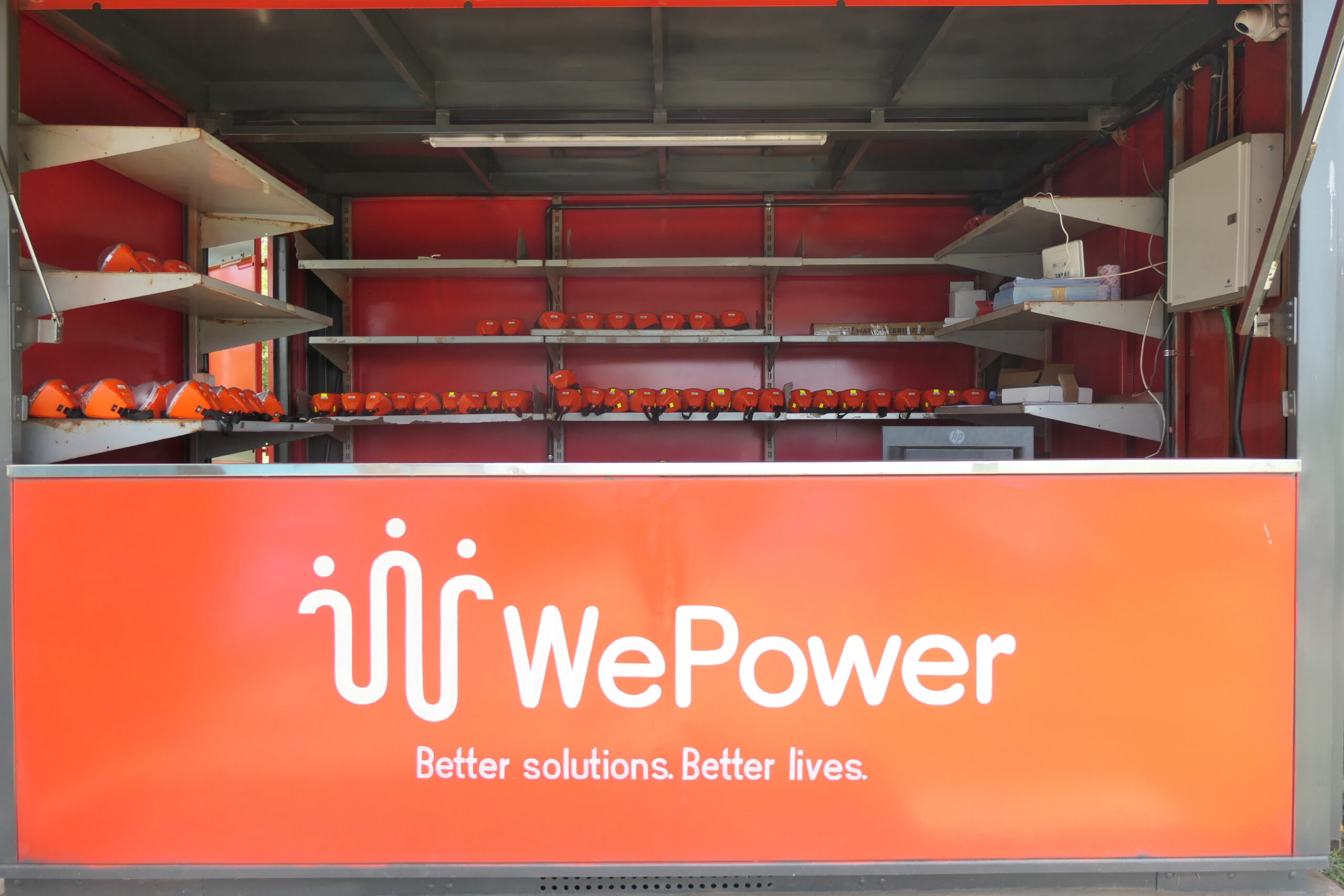
Technology being tested
1. Ensuring Access to Clean and Safe Drinking Water: Using solar power, water is extracted from Lake Victoria and then pumped into two storage tanks. The pumped water is then passed through an advanced ultrafiltration system, capable of purifying 2 cubic meters of water per hour, to provide a reliable source of safe drinking water. The purified water is dispensed through a prepaid water ATM dispenser located strategically at the entrance of the ldemo site, providing 24-hour access.
2. Solar-powered lanterns for night fishing: This innovative solution aims to meet the specific needs of fishermen by introducing solar-powered lanterns designed specifically for omena night fishing. These solar-powered lanterns offer an environmentally friendly option to lead acid and kerosene lamps, which are major contributors to the pollution of Lake Victoria. By using these lanterns, the fishermen enjoy both environmental and economic advantages.
3. Solar-Powered Irrigation: An innovative use case that focuses on small-scale horticulture farmers, providing a reliable water supply and maximising crop yield by utilising solar power using solar powered irrigation pump.
Number of assets

Solar roofs
64 (38,16 kWp)

Batteries
12 (55,2 kWh)
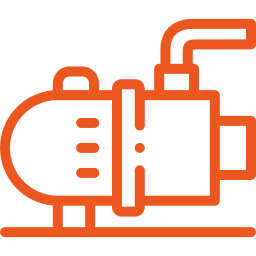
Water pumps
1 (surface pump)
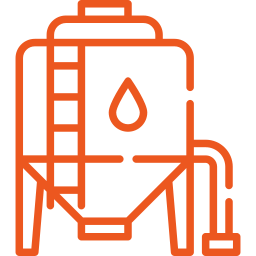
Water tanks
3 (25,000 L)

reverse osmosis system
1 (2 m3/h)
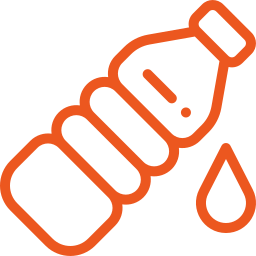
Water atm
1 (20 L for 10 kshs)
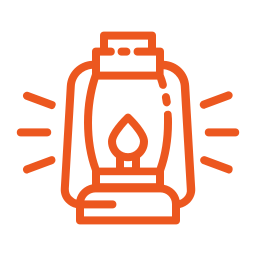
Lanterns
300 (solar-powered)


